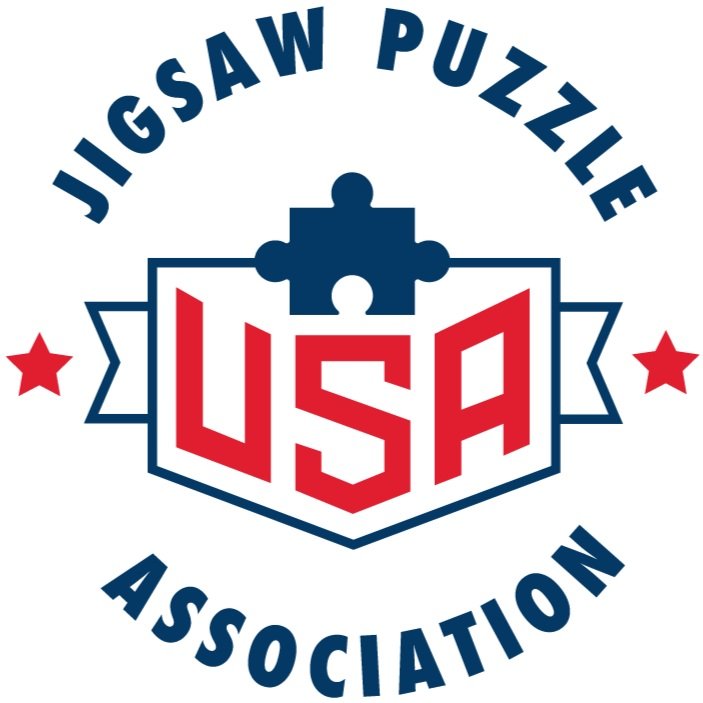Jigsaw Puzzle Association Rating (JPAR)
What is JPAR?
A calculation of your puzzling performance compared to average USAJPA member performance across each USAJPA/sanctioned competition within the last 12 months.
Faster than average = Below 1
Slower than average = Above 1
How does it work?
For each event:
We compile:
Completion Times for all USAJPA members who competed (1).
Pre-existing JPAR for all USAJPA members who competed.
We calculate:
Expected Completion Times for each competitor by multiplying each member’s Completion Time by their inverse JPAR (2) and then we average them all for an Expected Event Average (3).
Event JPAR for each member by dividing their Completion Time by the Expected Event Average.
We calculate a final new JPAR for each member by averaging their previous JPAR with their new Event JPAR (2).
Important Notes:
If a member does not complete their puzzle within the maximum time limit, an estimated completion time will be calculated based on their puzzling rate during the competition (pieces assembled/time limit).
If member is competing for the first time:
-Their time does not contribute to the Expected Event Average.
-Their Event JPAR is not averaged with anything, but serves as their final JPAR.
The Expected Event Average calculation is especially important when events are comprised of mostly new USAJPA members. It ensures that, for example, the first place puzzler in a competition of average speeds ranks appropriately when their score is shuffled into the entire database with the top speed puzzlers in the nation.
Puzzle difficulty is considered in the ratings by default since rating is relative to other puzzlers’ completion times.
Only USAJPA member results are used for the JPAR calculations.
Coming soon: An in-depth explanation, example data, and calculation spreadsheet to test out the algorithm and learn why it’s important to calculate it this way.
Check your JPAR: On the webpage or download a copy HERE (Updated March 2025)
In the linked document you can find current member rankings, qualifying events used in the calculation, and the results that were included in the calculations! These results and member roster were updated as of February 26th, 2025.
JPAR Archive:
Updated January 2025
Updated October 2024
Updated September 2024
Updated July 2024
Updated June 2024
Updated November 2023
Which main factors affect JPAR?
How can you improve your ranking?


